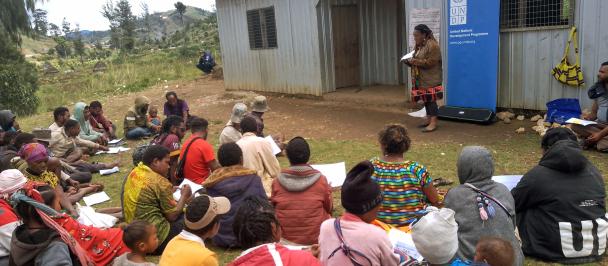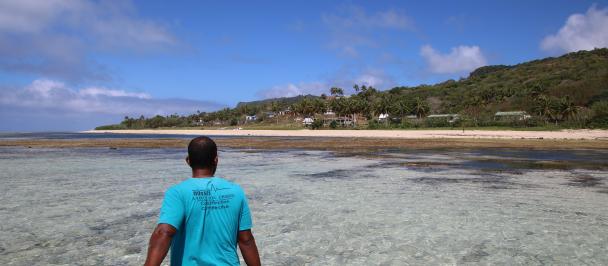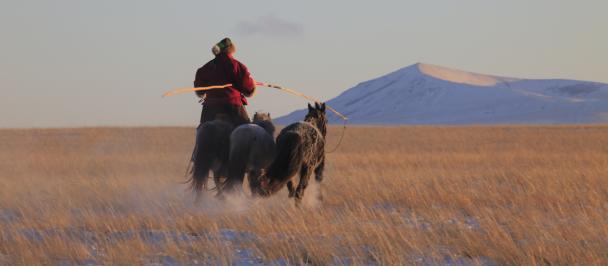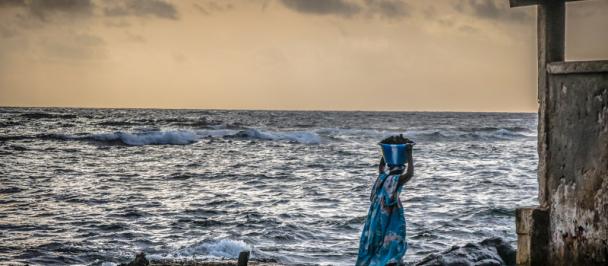The future of climate action will be decided in Egypt. Here’s what you need to know about COP27
November 3, 2022
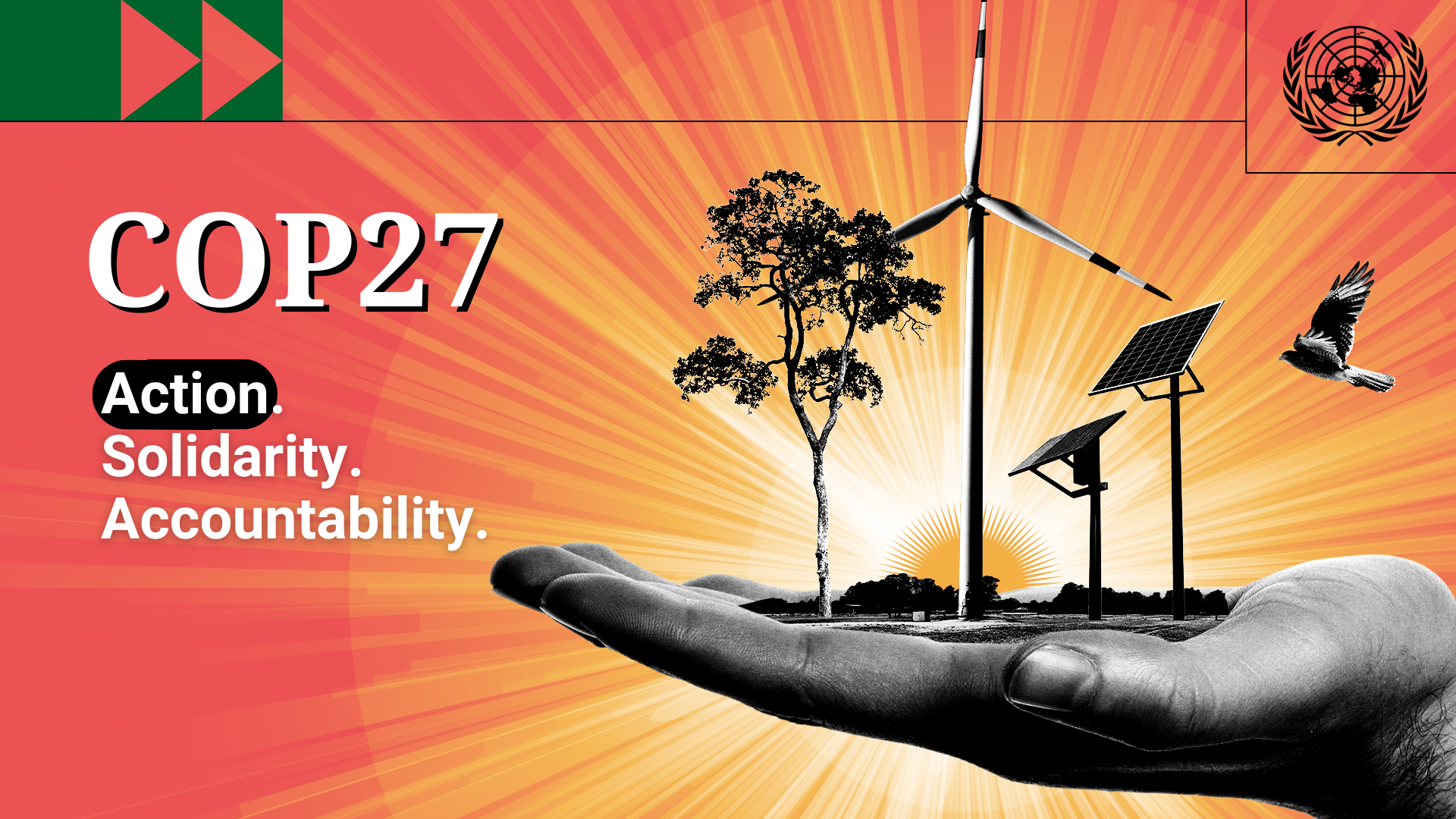
The biggest in-person gathering on climate change since the onset of COVID is about to begin. The United Nations Climate Change Conference, COP27, will run from 6 to 18 November in Egypt, and it will bring together some 35,000 people. Among over 100 heads of State and government in attendance will be US President Joe Biden and Barbados Prime Minister Mia Mottley.
It’s fair to say that COP27 in Sharm El-Sheikh will be the event where the future of climate action is decided. With much at stake, here are three things you need to know, ahead of the conference:
1. We have no time to lose.
The last seven years have been the hottest on record, and we are rapidly approaching dangerous tipping points for our health and safety. A number of reports released just before the conference will undoubtedly offer new insights and data.
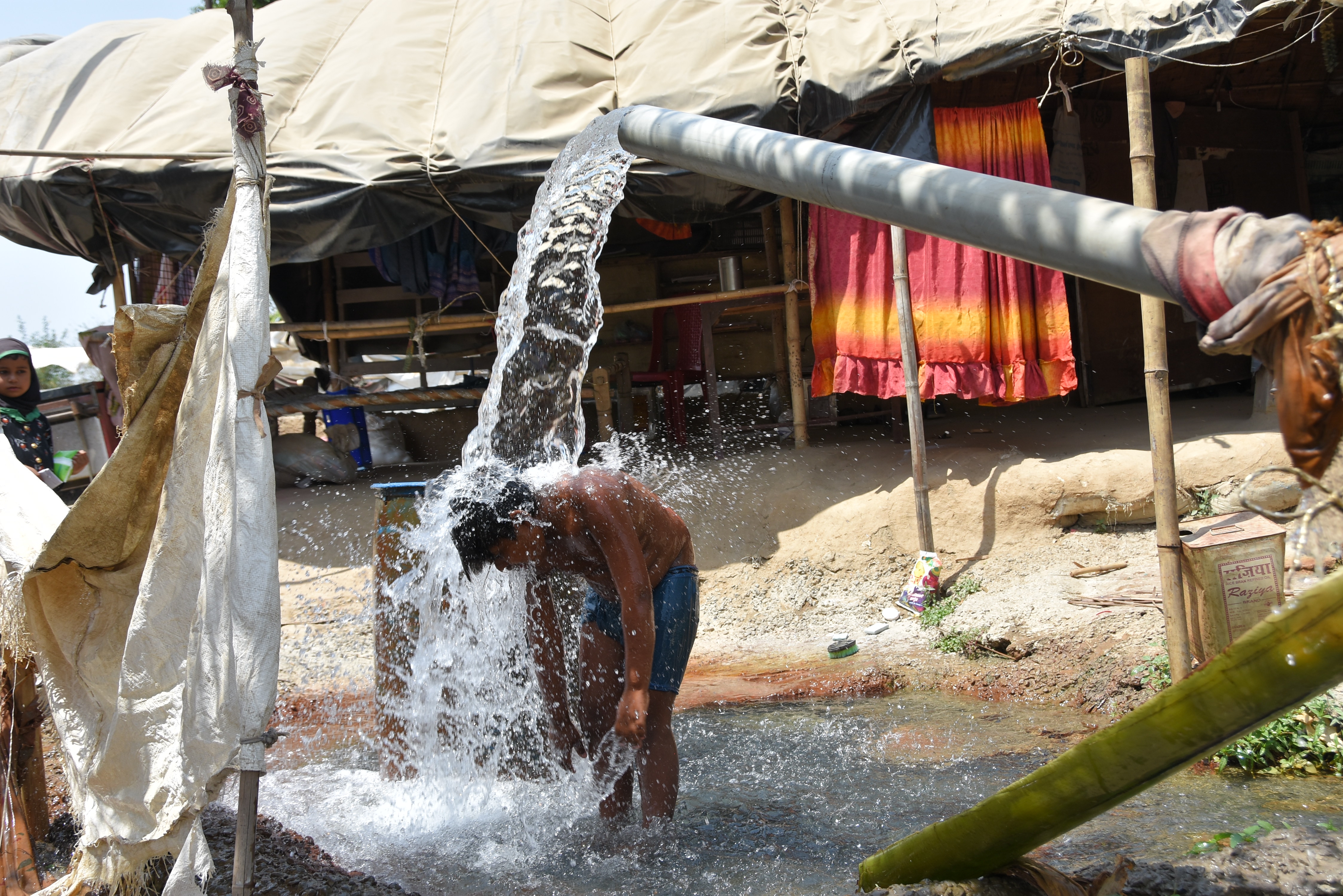
South Asia is one of several regions that suffered punishing heatwaves in 2022. Globally, the last seven years have been the hottest on record.
2. There are major topics on the table.
Two big ones are finance, and loss and damage.
- Finance: Addressing the climate crisis not only requires a lot of money – trillions of dollars – but it also means changing the way our entire global financial system works.
Recognizing the high stakes of tackling climate change, developing countries are already allocating precious dollars towards mitigation and adaptation. This money is a crucial investment in the safety and prosperity of their citizens for generations to come.
At the UN Climate Conference in Copenhagen, developed countries committed to the goal of mobilizing US$100 billion each year for climate action in developing countries. The commitment was reiterated in the Paris Agreement. However, this target remains unmet.
- Loss and damage: This term refers to what happens when the impacts of climate change are irreversible. Loss and damage arising from the adverse effects of climate change can include those related to extreme weather events but also slow onset events, such as sea level rise, ocean acidification, loss of biodiversity and more. When a coastline or a community is lost forever, it’s devastating. How to address it has been debated for years. At last year’s COP26, this was a major demand of island nations. This year is likely to be no different.

Irreversible loss and damage from climate change can include those related to extreme weather events but also slower moving disasters like sea level rise and biodiversity loss.
3. All eyes will be on big emitters.
The group of 20 largest economies – or G20 – emits around 80 percent of global emissions. Although many developing countries, especially those supported by UNDP’s Climate Promise, are setting ambitious goals, the world is now looking to developed nations to follow suit. Citizens around the world are also reminding world leaders attending COP what’s at stake, and what action they want them to take. Whether they step up to this challenge remains to be seen.
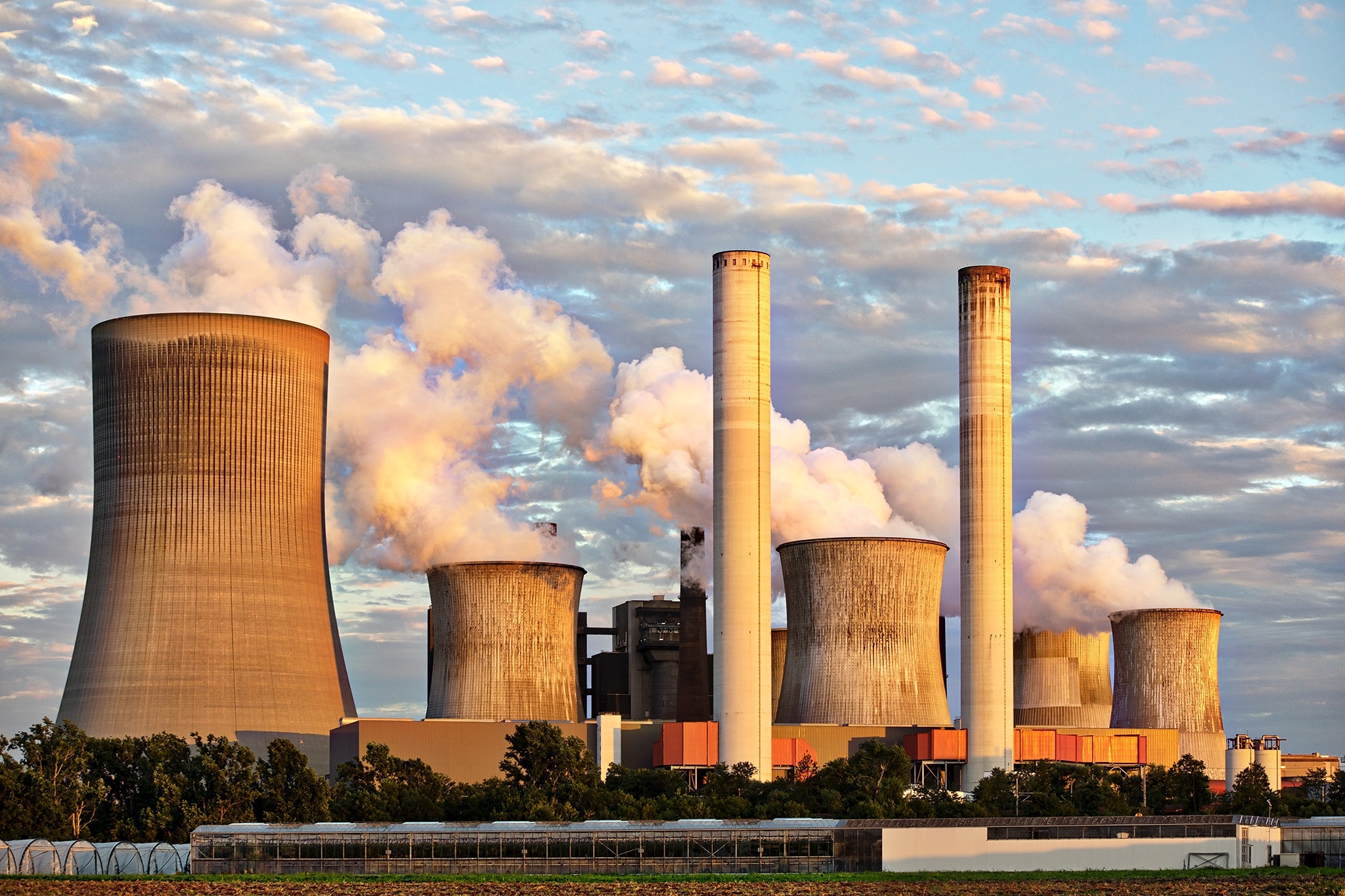
The world's 20 largest economies are responsible for 80 percent of global emissions. Wealthy countries have pledged funds to help developing countries respond and adapt to climate change, but the commitment remains unmet.
Meanwhile, host country Egypt has been preparing for the major event. UNDP has been providing support to Egypt’s government in its preparations, including to install solar rooftops on large hotels and small-scale PV systems in landmark buildings throughout the city, including the airport, the main hospital, and key government buildings. The country is also exploring how to limit the use of plastics and strengthen green transport.
The support builds on UNDP’s close partnership with the government of Egypt in recent years to help protect the country’s cultural and environmental diversity, including through the promotion of sustainable tourism in Sharm El-Sheikh. If you’re attending COP27, you can visit some protected areas.

UNDP is partnering with COP27 host Egypt to protect the country’s cultural and environmental diversity, including through the promotion of sustainable tourism.
With the global landscape shifting dramatically, crisis has become the new normal. Climate change impacts, the continuing COVID-19 pandemic, rising food and fuel prices, supply chain disruptions, political instability, including the global impacts of the war in Ukraine, have all demonstrated the interconnectedness of our economies.
The Paris Agreement lays out a collective and transformational solution. And there are signals that the framework provided by the Agreement is working: the new generation of national climate pledges (also known as NDCs) are estimated to put the world on a ~2.5°C pathway compared to ~3.5°C just six years ago. That means, if we continue to invest in NDCs, we may not need to choose between solving the energy crisis, the food security crisis, the biodiversity crisis, and the climate crisis. Instead, we can invest in the transformation that tackles them all.
COP27 is an opportunity to stand on the right side of history. To deliver on the commitments made, we need to scale-up the political will, technical and financial support to drive the much-needed transformation toward net zero and climate resilient pathways. The world has made promises through NDCs – now we must fulfil them.
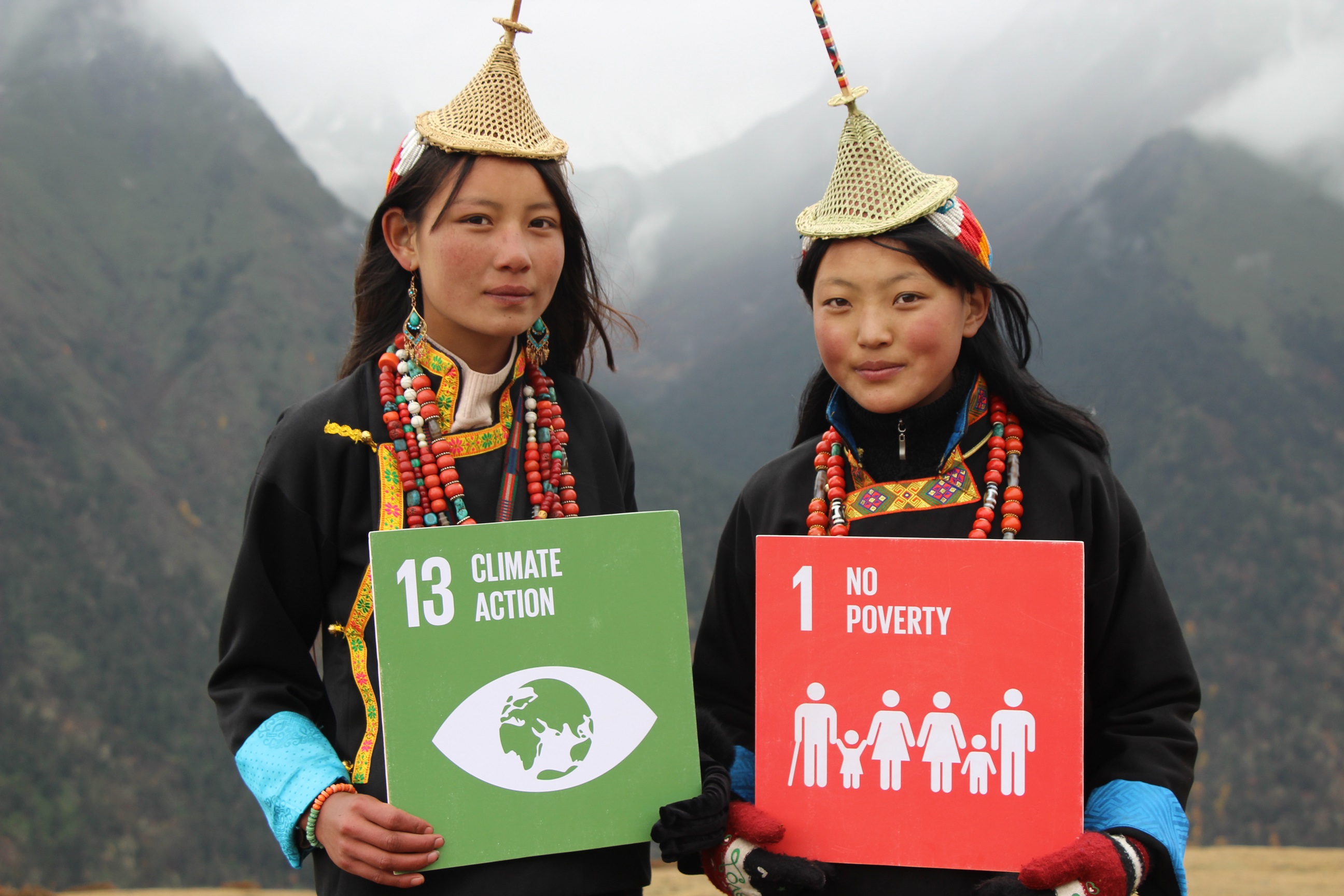
Climate action is critical for reducing poverty and achieving all of the Sustainable Development Goals.

 Locations
Locations